There are several ways to repair concrete such as epoxy injection, grouting and sealing, grouting, stitching, drilling and plugging, and gravity filling of cracks in concrete.
Post your Requirement
The type of crack in the structure will determine which method you will use. If the crack is due to drying of a wall let’s say, the cracks will later stabilize.
If the cracks are due to a continuous foundation settlement, i.e. something wrong in the base, then no repair will work till the problems in the settlement is made ok.
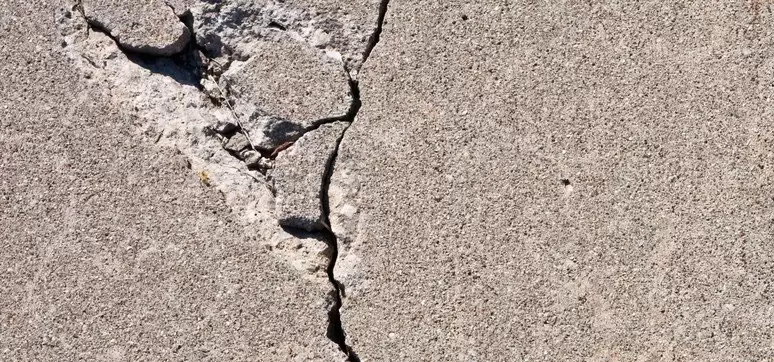
Now we come to the methods:
Epoxy injection:
This is for cracks as narrow as .oo2 inches. The technique generally involves finding entry and venting ports at close intervals alongside the cracks, sealing the crack on the surfaces exposed and injecting epoxy under pressure.
This epoxy has helped fix cracks in buildings, bridges, dams and other kinds of concrete structures. But if the case for the crack appearance is not sorted more cracks will keep appearing near the original crack. If the cause cannot be removed 2 options are available.
One option is to grout and seal the crack, treating it as a joint, or create a joint that will support the movement and then inject the crack with epoxy or some other alternative material.
If the cracks are actually leaking and wet from inside they cannot be dried out, only some moisture tolerant epoxies can be used. But contaminants like silt and water itself can nullify their effort and reduce the epoxy efficiency.
A low modulus, flexible adhesive can be the answer to your problem. This will also not allow any significant movement of the structure. Epoxy injection requires a great amount of skill for precise execution. Temperature constraints are there.
What is the Epoxy injection procedure?
- Clean the contaminated crack to whatever extent possible. Contaminants could be oil, grease, dirt or fine concrete particles and these will not let the epoxy set properly or penetrate hence reducing efficiency of repairing. Clean using a water flush or vacuuming or some cleaning solution.
-
Seal up the surfaces:
Surface cracks should be sealed to prevent the epoxy from running out before it gets gelled. A surface can be easily sealed by application of an epoxy, polyester or other sealing material to the surface and letting it harden. If you don’t want the surface to appear glossy, on the surface part of the crack you can use strippable plastic super sealer along the crack face. Cementations seals can also be used where appearance of the completed work is important.
If extremely high injection pressure is needed, the crack can be cut out as deep as ½” and width of ¾” in a V shape, filled with epoxy and shut off flush with the present surface. Install the entry and venting ports.

3 methods are used:
- Fittings are inserted into drilled holes.
- Bonded flush filling
- Interruption in seal
Mixing the epoxy: Either batch by batch or continuous method. In batch mixing, adhesive parts are pre-mixed according to the manufacturer`s instruction using a mechanical stirrer like a mixing paddle.
Injecting epoxy: Hydraulic pumps, paint pressure pots or air-activated caulking guns may be used. If the crack is kind of vertical so it is inclined, the process of injecting must begin by pumping epoxy into the entry port at the lowest elevation until the epoxy level reaches the entry port above.
For horizontal cracks, the injection must move from one end to the other. The crack is full if the pressure can be maintained. If the pressure cannot be maintained, the epoxy is still flowing into unfilled portions or leading out of the crack.
Now remove the surface seal. Alternative procedures include drilling holes at intervals in the crack and filling them with epoxy. Then there is a vacuum assist method. There are two techniques in this vacuum technology.
Grouting and sealing of cracks
Where remedial repair is required and not structural. This method involves enlarging the crack along its exposed face and filling and sealing it with a suitable joint sealant.
Good for floors and pavements. It can also be done with vertical surfaces as well as on curved surfaces. Also used in places where water is standing and waterproofing by sealing the cracks and not letting it reach the reinforced steel.
The sealants can be including epoxies, ethane, silicones, polysulfides, asphaltic material, or polymer mortars.
Cement grouts should be avoided as this can cause cracks. For floors, the sealants must be rigid to suffer traffic pressure and not be brittle at all.
Concrete crack repair by stitching
Stitching involves drilling holes on both the sides of a crack and doing grouting in u-shaped metal units with short legs or staples also called stitching dogs that span the crack. This is done where tensile strength across major cracks needs to be established. The legs of the staples are anchored in the holes on both sides of the crack with a non-shrink grout or an epoxy resin- based bonding system.
Additional reinforcement for Crack repair
Cracked, reinforced concrete bridge girdles have been repaired very well by inserting reinforcing bars and bonding them in place with epoxy.
Here one seals the crack, drills holes that intersect the crack plane at approximately 90 degrees, fills in the hole and crack with injectable epoxy, and places a reinforcing bar into the hole drilled.
Reinforcement bar orientation for crack repair Prestressing steel
There is a process called post-tensioning which is a great solution when a major section of a building is suffering from cracks of a high order which need to be closed. In this technique, pre-stressing strands or bars apply a compressive force. Enough anchorage must be provided for the pre-stressing steel.
Drilling and Plugging method
This consists of drilling down the length of the crack and grouting it to form a key. Good for straight, vertical cracks. A hole -3” in diameter should be drilled, centered on and following the crack.
The grout key prevents transverse movements of the sections of concrete adjacent to the crack. It also reduces heavy leakage through the crack and loss of soil from behind a leaking wall.
Gravity filling method
Low viscosity monomers and resins can be used to seal cracks with surface widths of .001 to .0 8” b gravity type of filling. The lower the viscosity, the finer the crack that can be filled.
The procedure involves cleaning the surface by air blasting and/or water blasting. Wet surfaces should be permitted to dry for several days to obtain the best crack filling.
Grouting method of crack repair
Portland cement grouting. This is done for wide cracks, particularly in Gravity dams and thick concrete walls. These are filled with cement grout. It stops water leaks, but not structurally bound cracked sections.
The procedure consists of cleaning the concrete along the crack and putting in built-up seats at intervals along the crack, sealing the crack between the seats with a cement paint or sealant or grout, flushing the crack to clean it and test the seal, and then going on to grouting the whole area.
Grout mixture may have cement or water or cement and sand and water depending on the crack width. For small volumes, a manual injection gun must be given, for larger volumes, a pump should be used. After you have filled the crack pressure should definitely be maintained for a decent amount of time to ensure good penetration.
Dry packing; This is by hand placement of a low water content mortar which is then followed by tamping or ramming of the mortar into place, creating an intimate connection between the mortar and the existing concrete. Because of the low water-cement ratio of the material, less shrinking occurs and the patch remains tight and strong, durable and watertight.
It’s not good for filling or repairing an active crack. Only for dormant or old cracks and filled in narrow slots cut for the repair of the same. To minimize shrinkage in place, the mortar should be kept standing for half an hour after mixing and then should be mixed before use. It should be placed in layers about 3/8” thick.
Each layer then should be thoroughly compacted over the surface using a blunt type of stick or hammer, and each layer that is underneath should be scratched to facilitate bonding with the next layer. Curing should be done using water or a curing compound. One simple way of doing this moist curing is to support a strip of folded wet burlap along the length of the crack.
Overlay and surface treatment of cracks
A fine type of surface cracks in structured slabs and pavements may be repaired using bonded overlay or a surface treatment if there are no more crack movements that are anticipated.
Unbonded overlays may also be used to cover though maybe not repair a slab. These treatments are good when cracks occur for the first time and don`t go very deep into the slab.
Surface treatments
Low solids and low-viscosity resin-based systems have also been used to seal the concrete surfaces. Mostly with less wear and tear. The surface treatment may also be done if epoxy or grouting and sealing have already been done within a crack.
Overlays: Slabs that contain dormant cracks can be repaired by applying an overlay, such as polymer-modified Portland cement mortar or concrete or silica fume concrete. Slabs that have working cracks can also be overlaid but with joints placed in the overlay directly over the working cracks.
In highway bridge applications an overlay thickness as low as 1- 1/4“has been used to great advantage. Suitable types of polymers include styrene-butadiene or acrylic latexes. The resin solids should be at a minimum of 15% by weight of the Portland cement with twenty % usually being considered optimum.

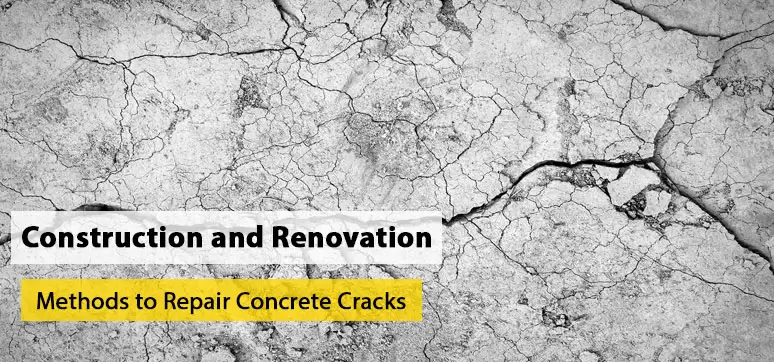
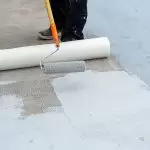
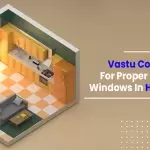
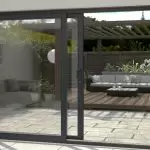
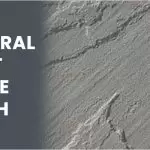

















Post A Comment